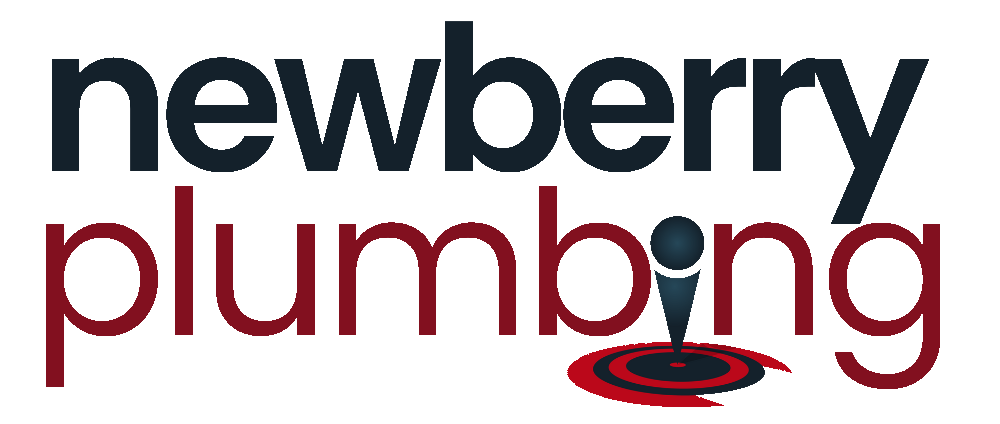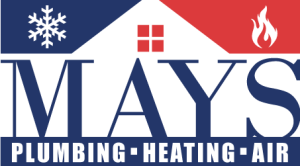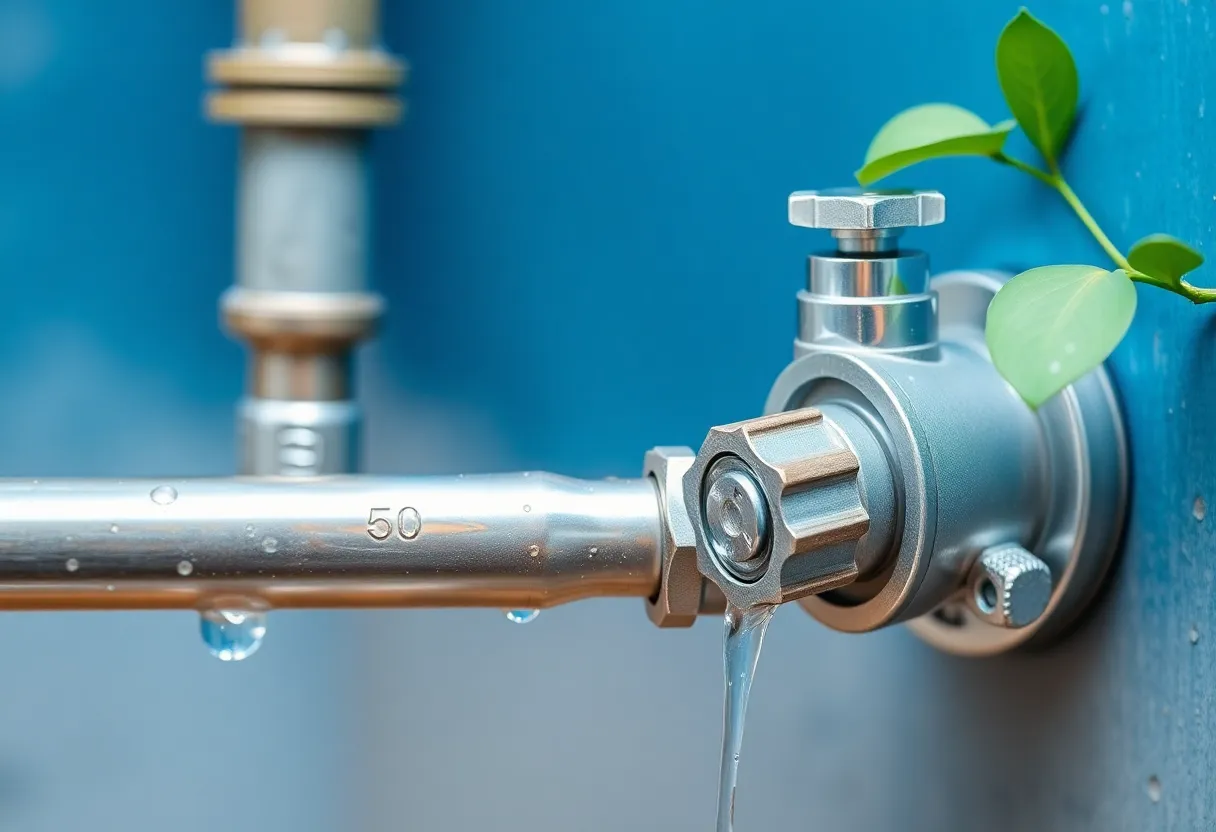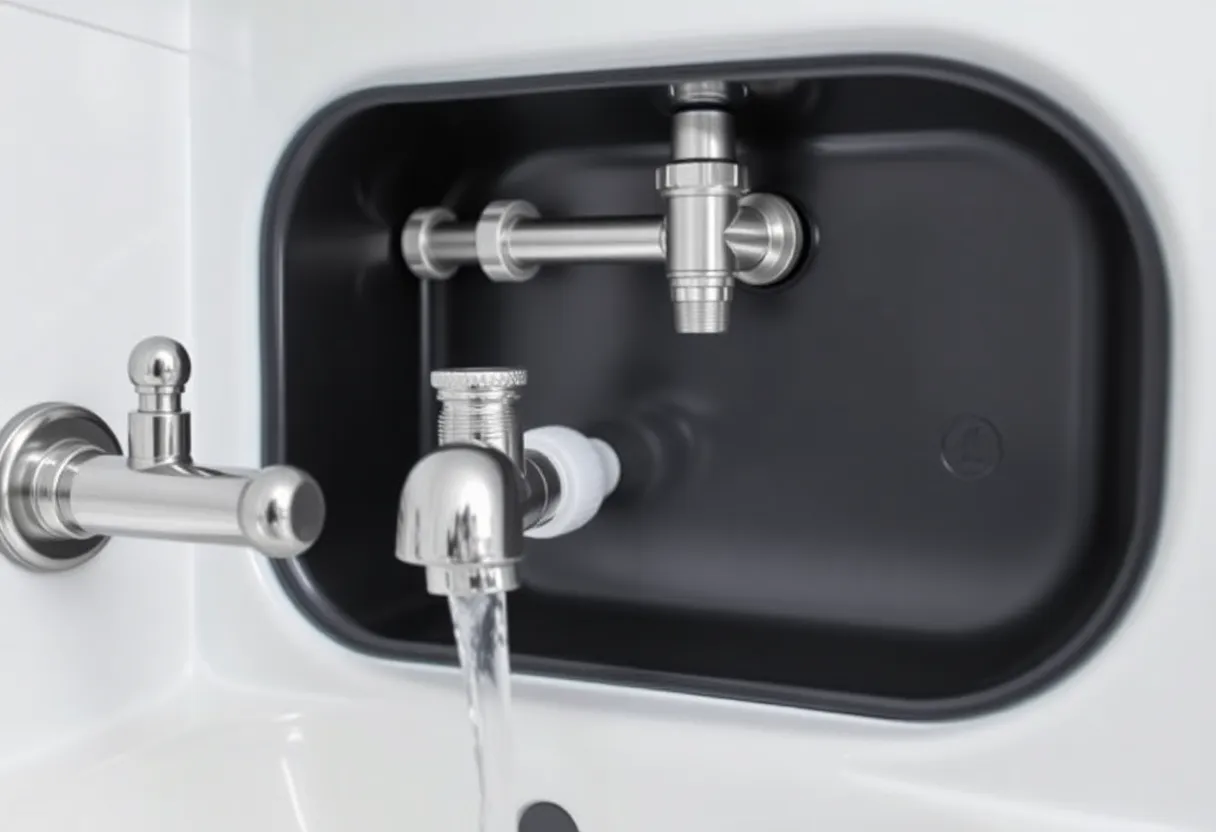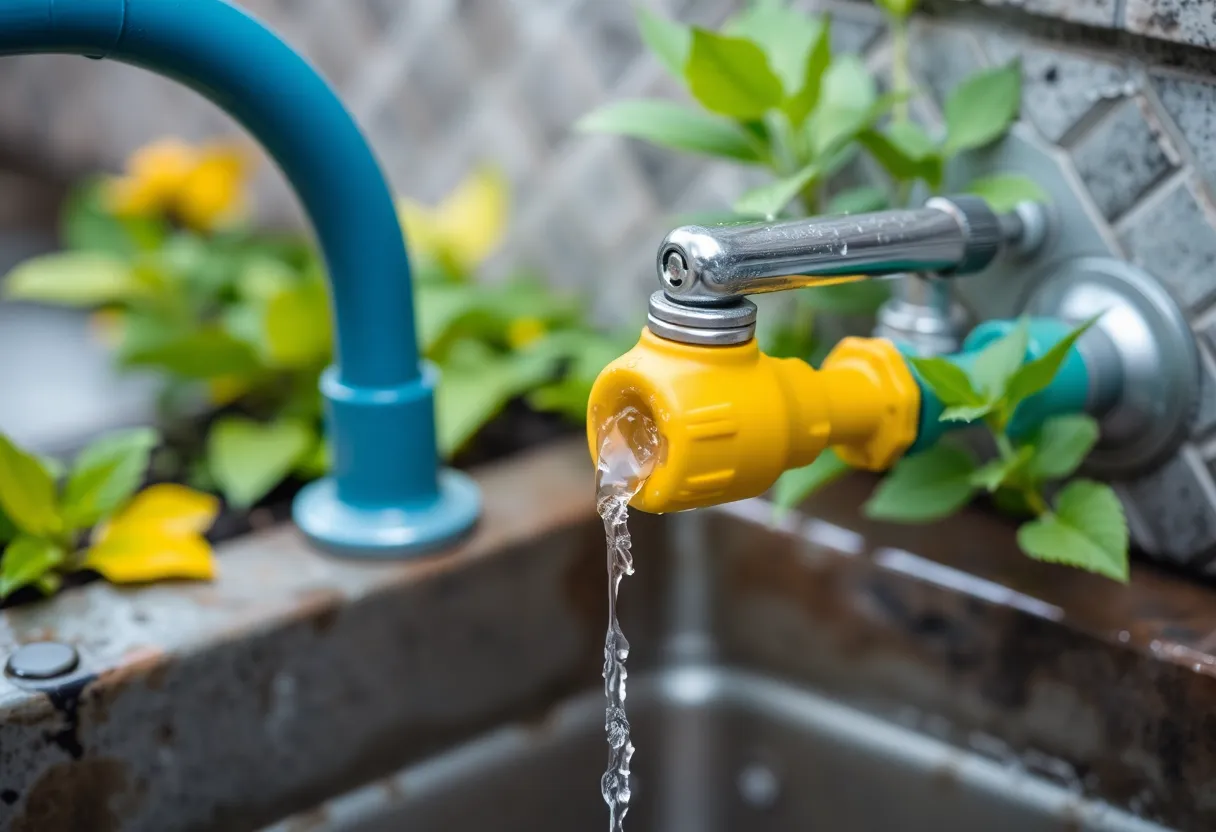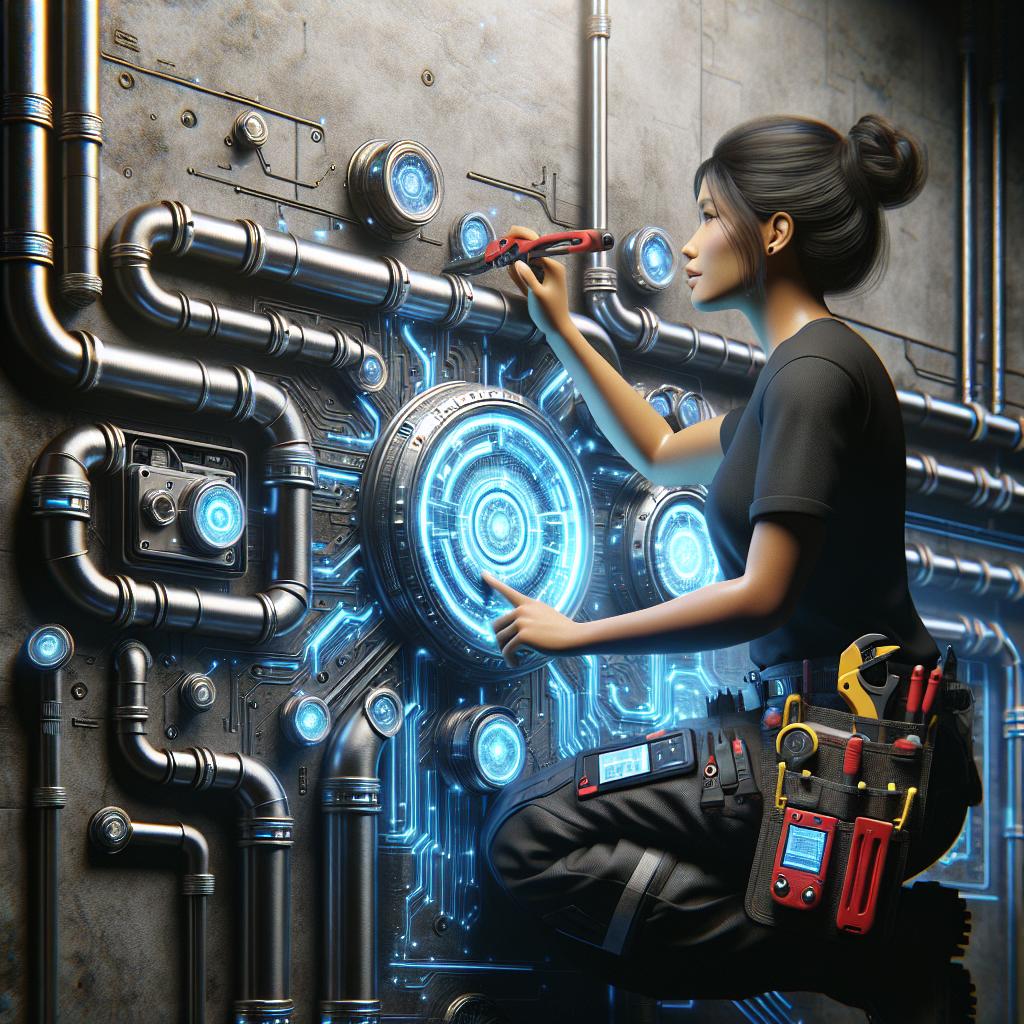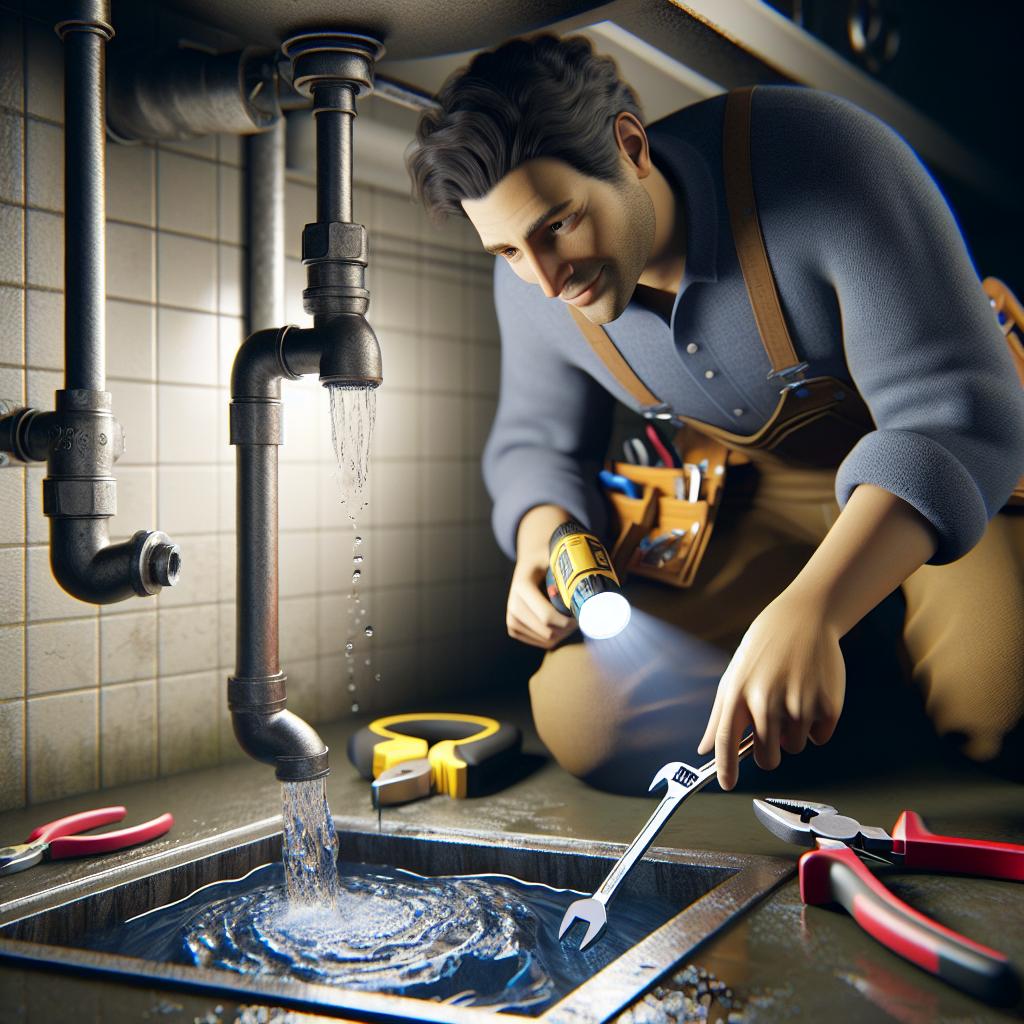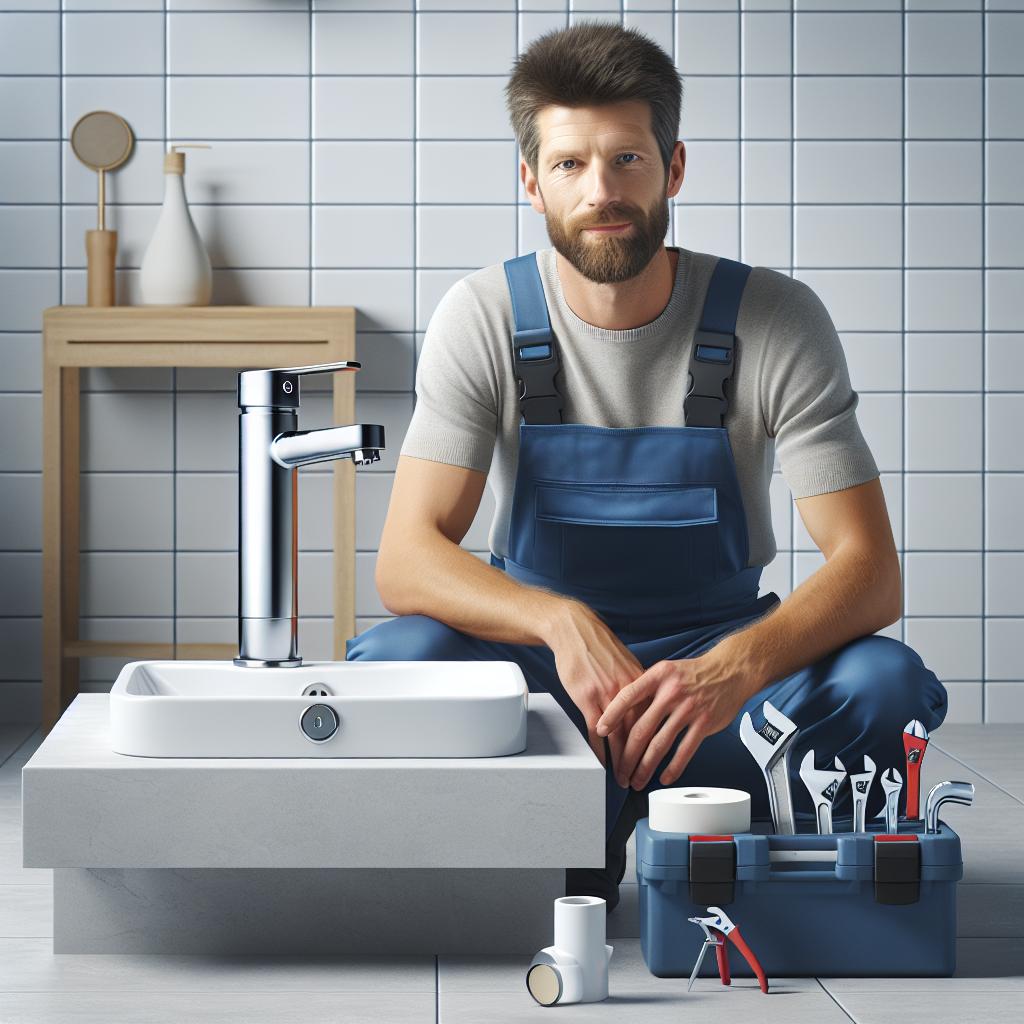The Plumbing Paradox: 10 Myths About Water Efficiency That You Need to Ditch
Water efficiency has become a significant concern for many homeowners and businesses alike. As the planet faces pressing environmental challenges, _the need for sustainable water usage_ has never been more critical. However, misconceptions abound when it comes to water efficiency and plumbing practices. In this article, we aim to debunk ten prevalent myths surrounding water efficiency, allowing you to make more informed decisions in your quest for a more sustainable future.
Myth 1: Low-Flow Fixtures Are Ineffective
A common perception is that _low-flow fixtures_, such as showerheads and faucets, do not provide sufficient water pressure or flow. While it’s true that older low-flow models may have performed poorly, today’s technology has dramatically improved. Modern low-flow fixtures are designed to maximize performance while minimizing water usage.
By using aerators and efficient nozzle designs, manufacturers have created products that deliver a satisfying water experience without wasting resources. Many users are surprised to find that they can’t even tell the difference between standard and low-flow fixtures, making the switch an easy choice for water efficiency.
Myth 2: All Water-Saving Appliances Are Expensive
Another misconception is that only high-end models or brands offer water-saving features. In reality, _water-efficient appliances_ come in various price ranges. Many trusted manufacturers produce affordable options that help conserve water without demanding significant upfront investment.
While some models may have a higher initial cost, the long-term savings on water bills often justify the investment. Additionally, government rebates and tax incentives can further reduce costs, making water-efficient appliances accessible to almost everyone.
Myth 3: Shorter Showers Are the Best Solution
While it’s true that reducing shower times can save water, another less known fact is that the _average showerhead_ releases between 2.5 to 5 gallons per minute. A short shower might not significantly impact overall water usage if you’re using an older, inefficient showerhead. Instead, investing in a high-efficiency showerhead and maintaining regular upkeep can lead to more sustainable water use.
To truly maximize water savings, consider adopting best practices beyond shorter showers, such as turning off the water while lathering or using a bucket to catch excess water while waiting for it to warm up.
Myth 4: Drinking Water Should Always Be Filtered
Many people believe that all tap water requires extensive filtration before consumption. While it’s essential to ensure that drinking water is safe, the widespread notion that all tap water is unsafe is largely exaggerated. In many regions, _municipal water systems are held to strict safety standards_ that deliver clean, drinkable water right from the tap.
If you have specific concerns about contaminants in your area, consider a more targeted filtration system instead of assuming that all tap water is unacceptable. This approach can save both money and resources, as excessive filtering can waste significant amounts of water.
Myth 5: Leaks Aren’t That Big of a Deal
Some homeowners might dismiss leaks as minor inconveniences, but the reality is far different. A dripping faucet can waste _over 3,000 gallons of water per year_, and leaks in other parts of plumbing can lead to substantial wastage. Ignoring these leaks can have significant environmental and financial ramifications.
Addressing leaks promptly should be a priority, as doing so helps conserve water and avoids costly water bills caused by wasted resources. Regularly inspecting your plumbing can aid in detecting potential leaks before they become more significant issues.
Myth 6: Using a Garden Hose is Always Better Than Watering Can
Gardening enthusiasts might think that a garden hose is an efficient way to water plants, but using a hose without any mitigation can lead to _significant water waste_. Watering cans, when utilized thoughtfully, encourage targeted watering, helping to ensure every drop goes to the plants that need it most.
Moreover, hoses can often leak or oversaturate areas, leading to water runoff. For focused gardening goals, consider using soaker hoses or drip irrigation systems that deliver water directly to the plant roots while minimizing evaporation and waste.
Myth 7: Gray Water Systems Are Too Complicated
Gray water systems, which recycle lightly used water from showers, sinks, and laundry for irrigation, are often seen as impractical or overly complex. However, newer technologies have introduced _portable gray water systems_ that simplify the process and make it more accessible to homeowners.
Implementing a gray water system can significantly reduce water consumption while nurturing your garden. Additionally, many communities have guidelines in place that clarify the process, making it easier than ever to utilize gray water responsibly.
Myth 8: Water-Efficient Landscaping is Always More Expensive
It is a common belief that creating a _water-efficient landscape_ requires a considerable upfront investment. However, many native plants and xeriscaping techniques can be implemented at lower costs while offering long-term savings. By selecting drought-tolerant plants and designing yards that retain moisture, homeowners can significantly reduce the necessity for additional watering.
Moreover, water-efficient landscaping has an added advantage: it often enhances property value over time. A well-planned and executed landscape design can lead to functional beauty that benefits the environment and community.
Myth 9: Water-Saving Measures Indirectly Cause Water Quality Issues
Some individuals argue that using less water can lead to problems like the _concentration of pollutants_ in the remaining water supply. While it’s important to recognize that any water-saving practice should consider overall water quality, this myth oversimplifies the complex relationship between water usage and environmental health.
Implementing water-efficient solutions can lead to overall improved water management. Employing proper conservation strategies, such as protecting natural waterways and investing in water treatment facilities, helps ensure both quality and conservation go hand in hand.
Myth 10: Investing in Water Efficiency is Futile
Finally, one of the most damaging myths is that investing in water efficiency is futile due to climate change and other environmental factors. Yet, every effort to improve water efficiency contributes to a more sustainable future. Every drop saved counts, and every innovation brings us closer to reducing global water scarcity.
With the world’s population expected to continue growing, the demand for water is set to increase significantly. Investing in water-saving practices now not only benefits individual homeowners but contributes to larger ecological efforts aimed at preserving this precious resource for future generations.
Conclusion: Ditch the Myths, Embrace Efficiency
Understanding the truth behind these plumbing myths can empower you to make better decisions regarding water efficiency in both your home and your community. By _ditching the myths_, you can make informed choices that save water, money, and the environment.
Embracing water-efficient practices redefines your relationship with water and encourages a broader cultural shift toward sustainability. It’s crucial to remain open-minded and informed, continually seeking out new methods to optimize water usage in your daily life.
In a world where every drop counts, let’s choose efficiency and responsibility in our plumbing and water conservation efforts.
